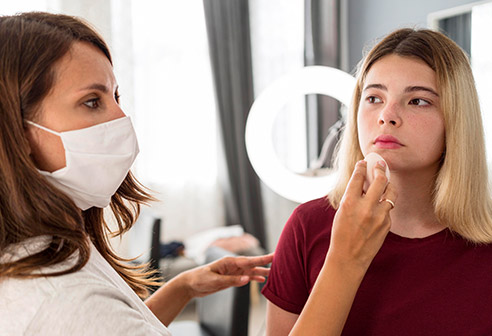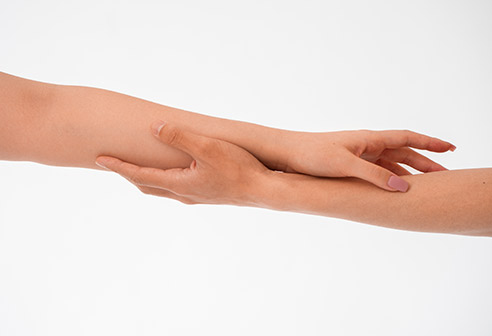
The Covid-19 pandemic, which emerged as an unprecedented global threat, is threatening all humanity physically, psychologically, and socially. The recovery of health problems left by the Covid-19 pandemic can take a certain amount of time.
Therefore, it is important for individuals who have had Covid, which affects the functioning of the entire body system, to be closely monitored and undergo detailed examinations. To prevent the spread of the Covid-19 infection, which is still widespread in many countries with its different variants, cleanliness and vaccination measures, as well as the complete monitoring of the disease, should not be overlooked.
Some permanent damage due to the disease may occur in the person. Or there may be side effects from the drugs preferred during the treatment process. After the illness, a series of tests may be required to evaluate the functioning of the lung, liver, and cardiovascular systems. Dr. Lida Çiteli, a successful name in medical aesthetics and filler applications, explained what is curious about Covid and post-Covid conditions.
Skin Diseases Caused by Covid-19
The Covid-19 infection, which entirely affects a person's physical and mental health, can also lead to skin diseases. The following skin problems may be experienced by individuals who have had the disease:
Pseudopernio: Pernio, a painful and itchy skin condition, is also known as chilblains. Pernio is a disorder that causes reddish-purplish discoloration in the extremities of organs such as hands and feet due to cold weather. Bluish discoloration and swelling findings in the hands and feet of coronavirus patients, characterized by high fever and shortness of breath, are called "pseudopernio." In Covid-19 patients, pain and itching symptoms may appear in this condition, which mostly affects the feet.
Urticaria (Urticarial rash): Urticaria, a skin disease, is characterized by itching, redness, and bumps. Urticaria-like rashes have also been noted in Covid-19 patients. The aforementioned rashes can also be caused by drugs consumed during or for the treatment of coronavirus infection.
Livedo (Bluish discoloration in hands and feet): It manifests as a blue-red reticular (net-like) appearance, primarily on the legs, but also on the torso and arms. In Covid-19 patients, it has been detected as "livedo reticularis," which refers to various conditions where there is mottled discoloration of the skin, or "acrocyanosis," which describes permanent blue or cyanotic discoloration in the feet, face, and hands depending on the severity of the disease.
Maculopapular Rash: This rash is more commonly seen during viral infections such as upper and lower respiratory infections, measles, herpes, common cold, rubella, warts, chickenpox, and drug reactions. Maculopapular rash, which usually manifests as widespread redness on the body, has also been observed in Covid-19 patients. This rash may be due to medication.
Blister (Vesicular rash): Vesicles, known as "fluid-filled cell sacs within the body," have the function of protecting cells. "Chickenpox"-like blisters were observed in some coronavirus patients. In addition, drugs taken during the illness can also cause skin reactions. In such cases, consulting a physician would be beneficial.
Mask: Continuous mask use during the pandemic can trigger the development of contact dermatitis and acne (pimples) on the facial skin. To prevent such cases, it is necessary to wear cotton masks, pay attention to mask hygiene, keep the face regularly moisturized, avoid heavy makeup under the mask, and pay attention to skin cleanliness.



